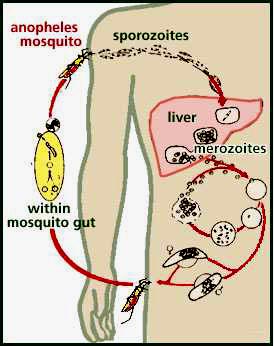By Sara Braniecki
Researchers from Washington University and Purdue University collaborated to experiment with a new medical imaging technique that they hope will lead to early detection and treatment for cancer patients. The procedure uses a pulsed laser and tiny metallic “nanocages, as the researchers call them, to create images much clearer than those created using previous techniques.

The nanocages are injected into the bloodstream, and then laser pulses are shone through the patient’s skin to detect them. The nanocages are small, hollow spheres made of a combination of gold and silver. Both the nanocages are only 40 nanometers wide. To put that into perspective, this is 100 times smaller than a red blood cell. The laser shines light that is almost infrared and pulses 80 million times per second.
The procedure illuminates tissues and organs, allowing live cell imaging. The precision of these images is important for accurate detection and thorough treatment of cancer.
The images produced using this technique provide a much better image than older techniques that used nanospheres made solely of gold. The new images have greater contrast since there is less background glow of surrounding tissues. One of the researchers from Purdue University, Ji-Xen Cheng, explains, “This lack of background fluorescence makes the images much more clear and is very important for disease detection. It allows us to clearly identify the nanocages and the tissues.”
Another advantage of using the nanocages made of both silver and gold is that there is no resulting heat damage in the tissue. Previously, the image needed to be enhanced to get a clear enough image that was usable. To enhance the image, clouds of electrons moving in unison had to be induced in the tissue- this resulted in the heat damage. Since this enhancement is no longer vital, the heat damage does not occur.
The researchers hope that the creation of the nanocages will lead to better detection and treatment. Washington University researcher Younan Xia, whose team engineered the nanocages, explains that the productions of the nanocages will likely allow researchers “to combine imaging and therapy for better diagnosis and monitoring.” He also foresees that the nanocages might be used to deliver time-released anticancer drugs to diseased tissue.








